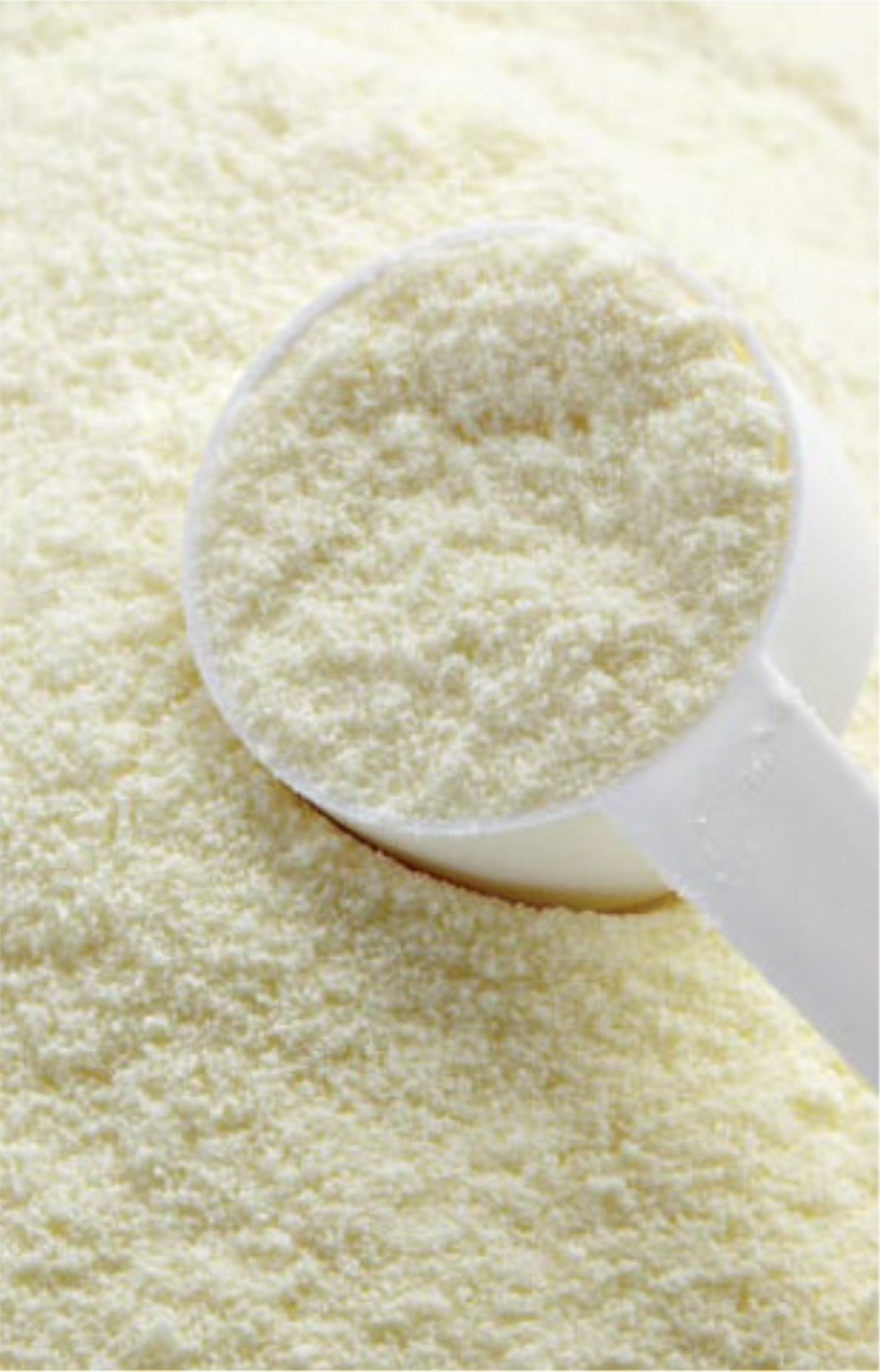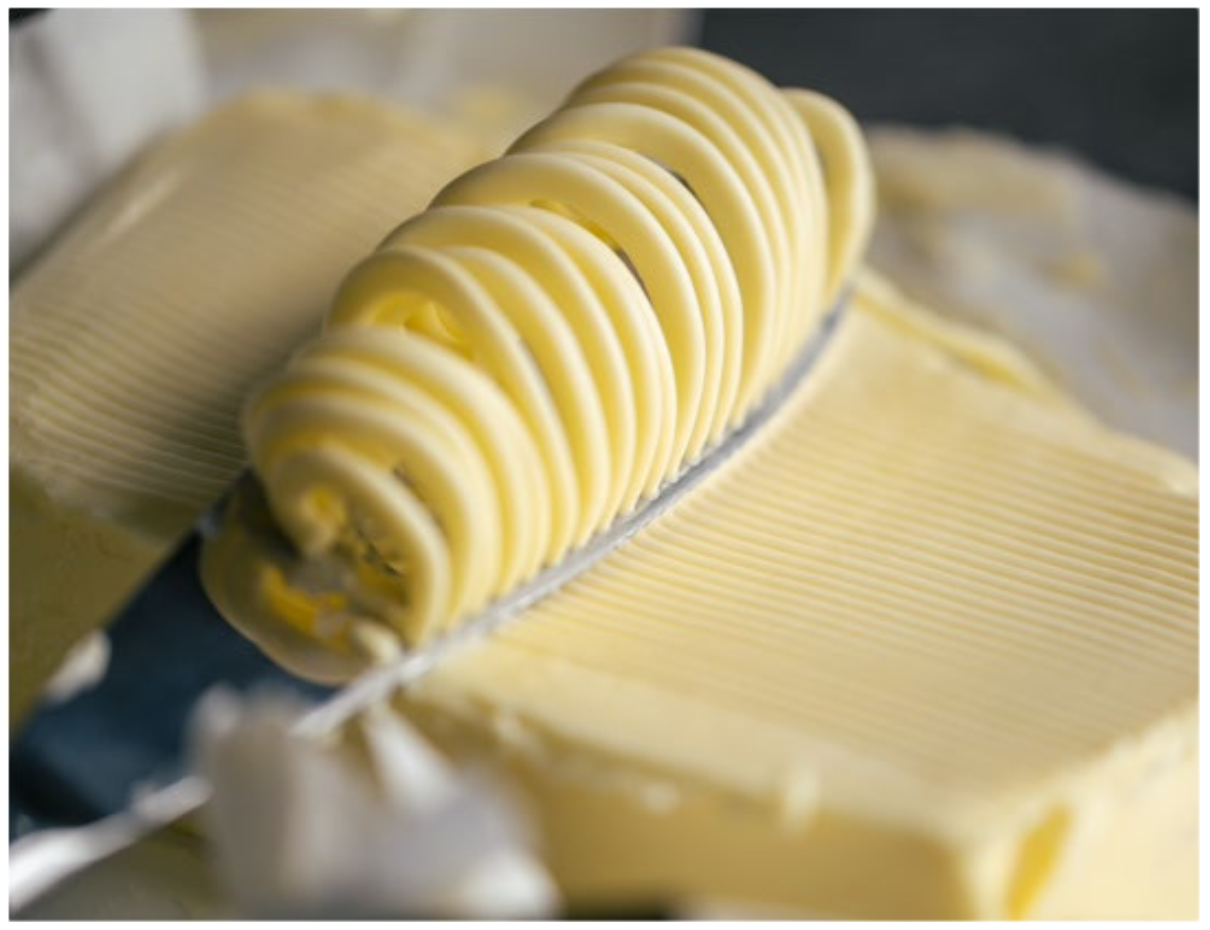The decreasing demand for dairy trade in China
“When will China bounce back?” – A common question in the dairy world and often the first question asked by many, this indicates the importance of China as the world’s largest importer of dairy products. It’s a good question as the downturn in demand in China has seemingly been driven by the rolling COVID lockdowns, once the lockdowns ease the demand is expected to pick up.
At the beginning of 2022, the online dairy trade in China decreased by 23.7%, though COVID restric- tions undoubtedly led to this decrease, it perhaps may not be the only factor contributing to the fall of imports in China. The country’s drive for self-sufficiency has seen an increase of imported breeding cattle to the tune of 34% (YoY). This push to achieve self-sufficiency on milk production may have a long-term impact on import demand well past the easing of COVID lockdowns. However, China’s cost of dairy production remains high to date, particularly due to the feed which is often imported and also due to low milk yields. For this reason, import demand is expected to remain robust post lockdowns. Since several years China has not been at the forefront leading the global demand for dairy products, as such, the industry must remain observant on these developing factors.



